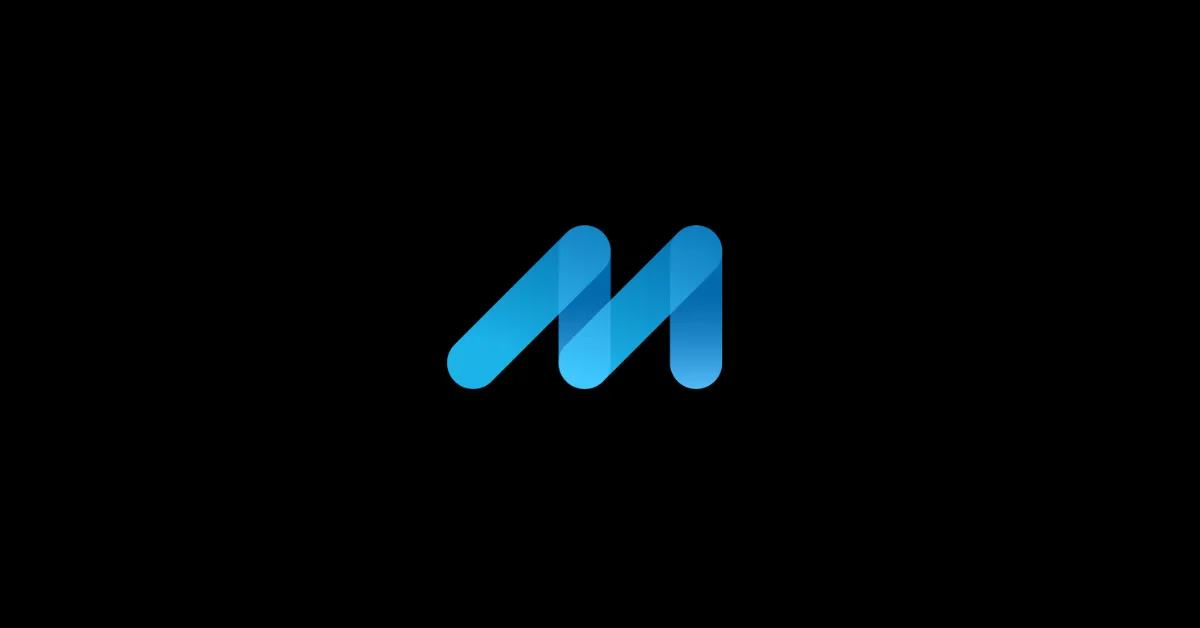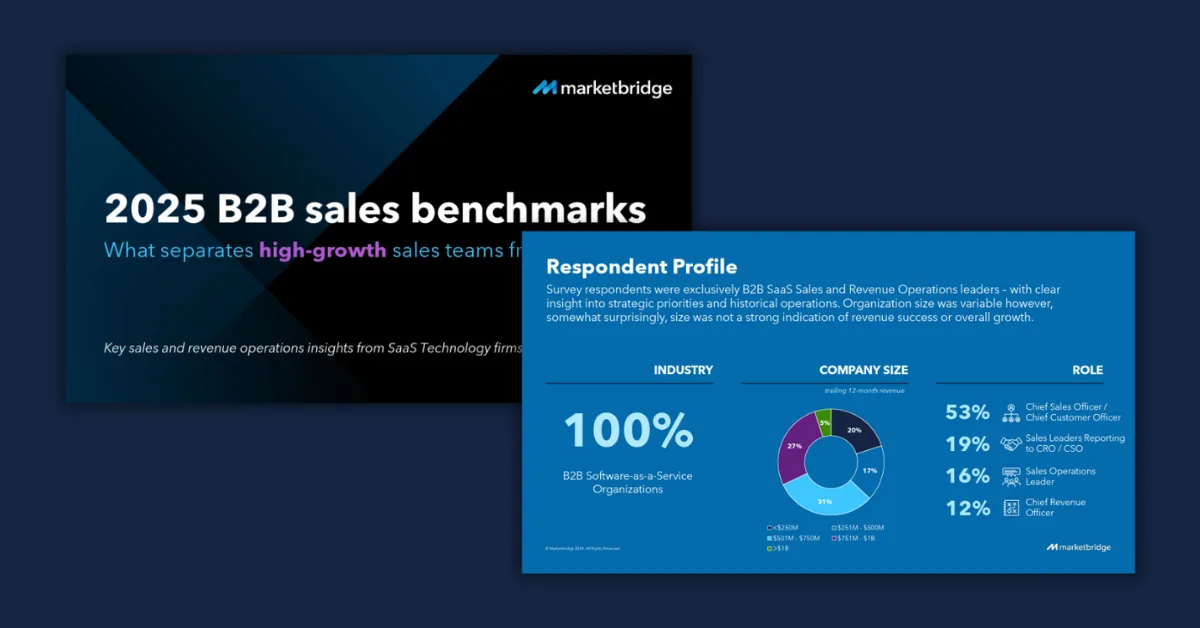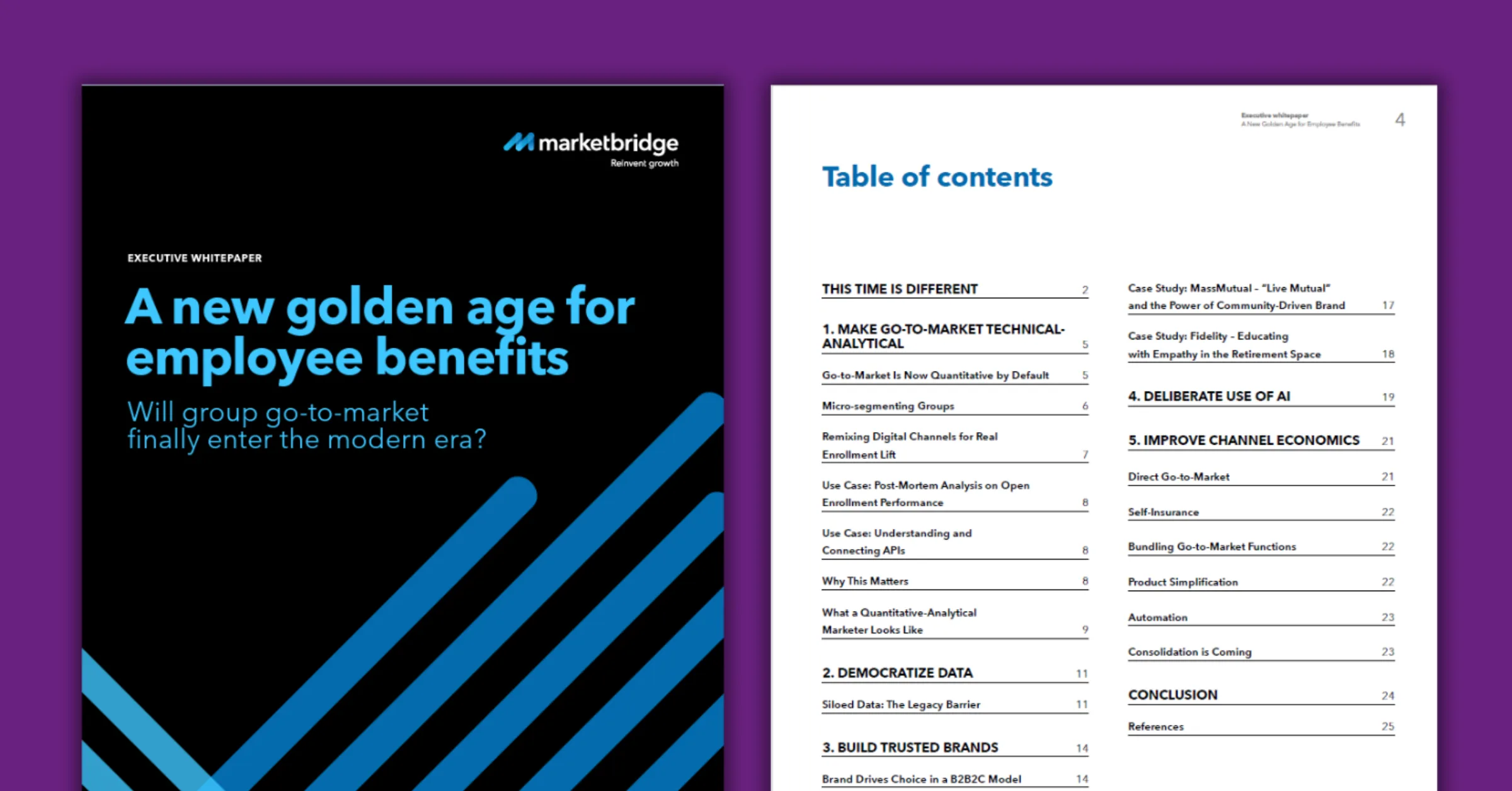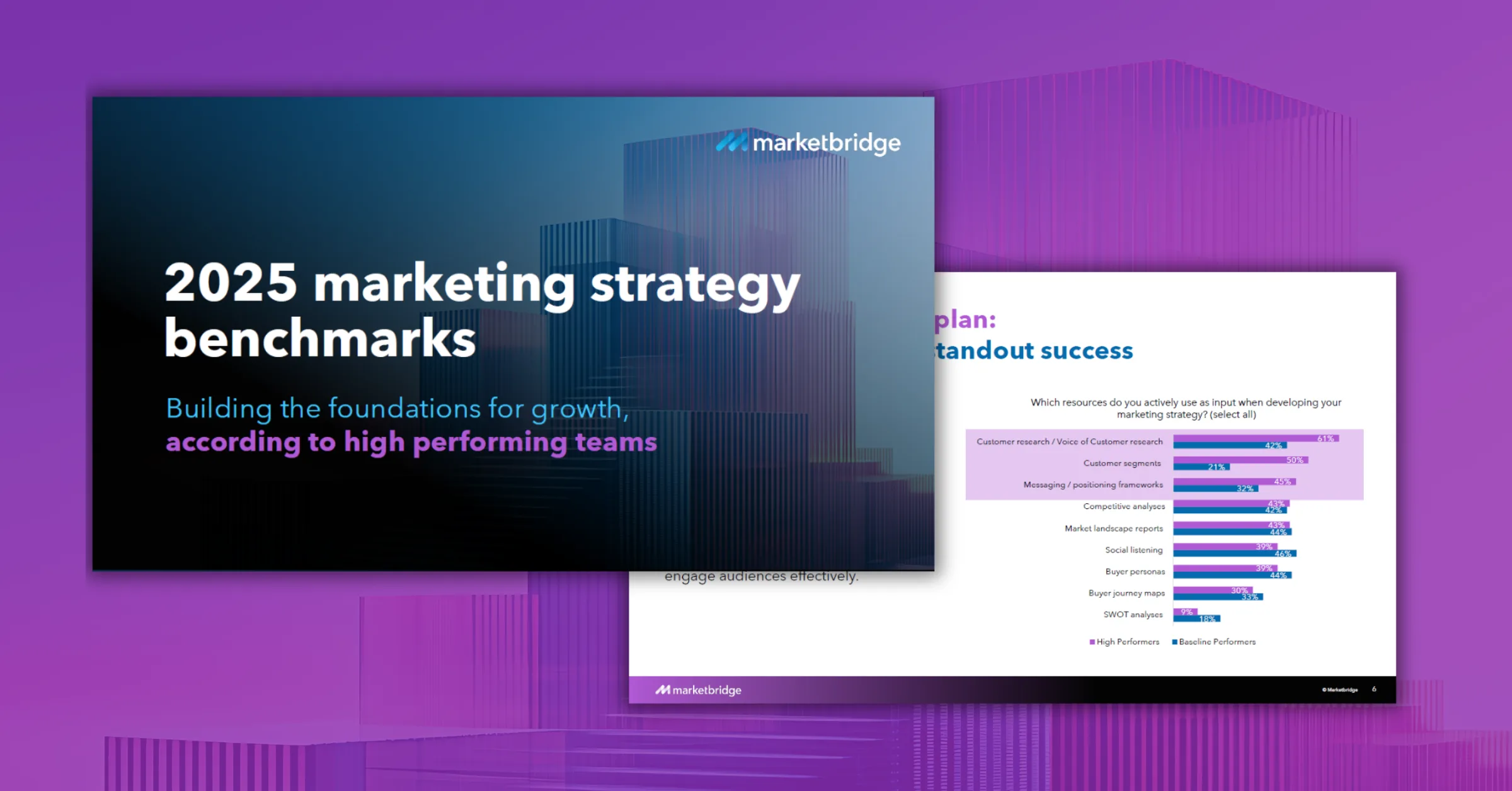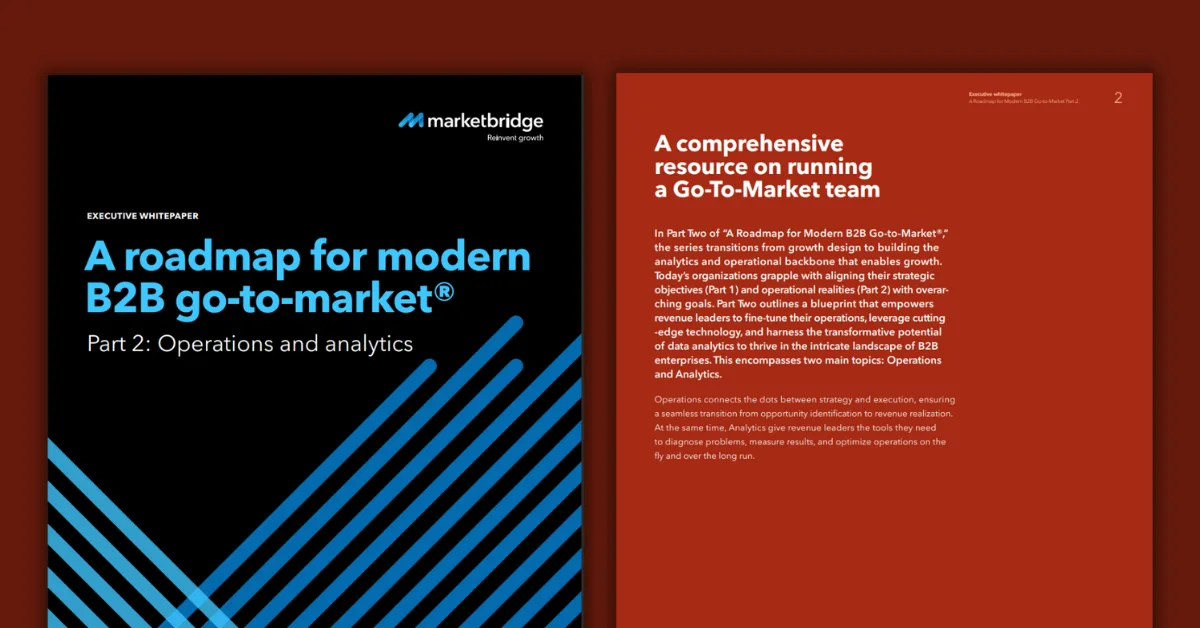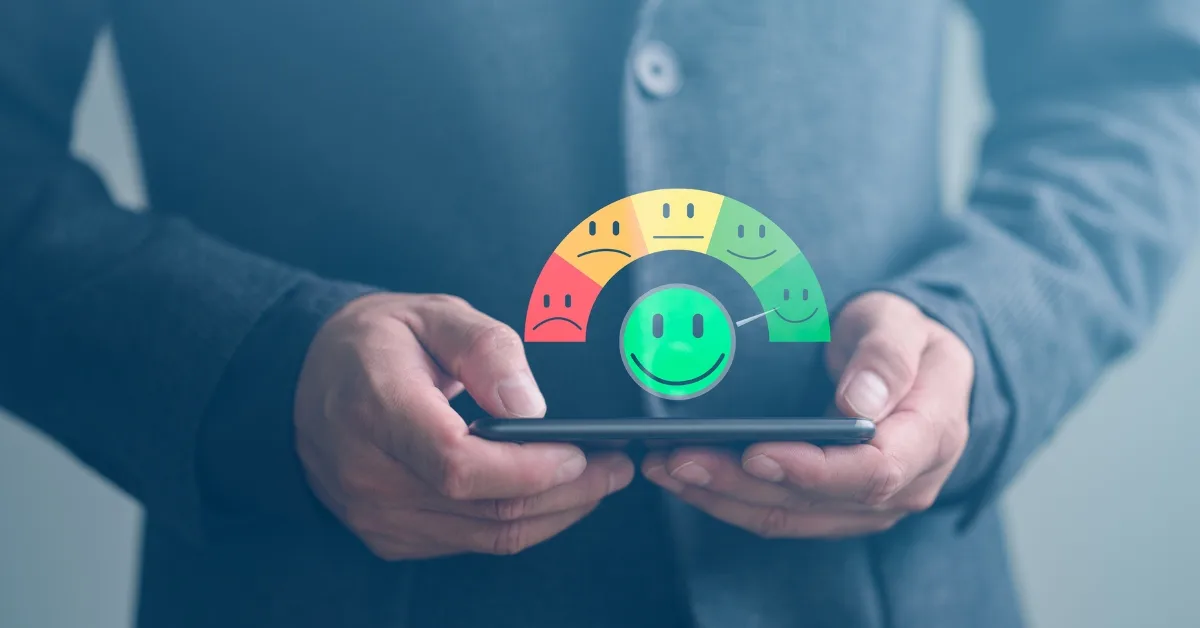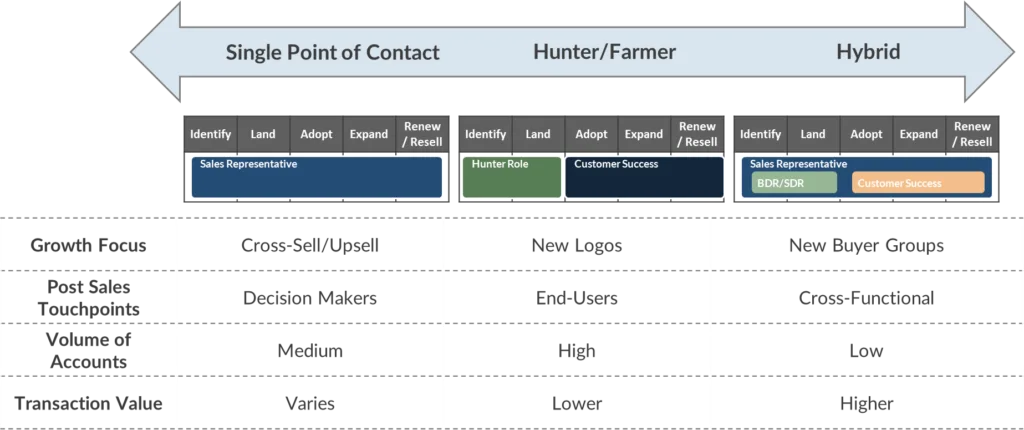BETHESDA, MD – May 28, 2025 – Marketbridge, a leading integrated growth consulting and marketing firm, today announced it was named the #1 brand agency and #1 demand agency in the U.S. by B2B Marketing’s 2025 U.S. B2B Agency Benchmarking Report. In addition, Marketbridge was rated the #2 B2B agency in the U.S. and one of the fastest growing firms. This prestigious recognition reflects the exceptional work of Marketbridge’s agency team, whose brand-to-demand programs are powering growth for some of the world’s leading B2B brands.
The annual report, which this year analyzed and ranked 29 top B2B agencies to identify the strongest players in the U.S. market, evaluates agencies based on total Gross Income from U.S. clients, with eligibility requiring that more than 50% of revenue comes from B2B clients. Growth rate is also a significant factor in the rankings.
“Our ranking as one of the biggest, fastest-growing B2B agencies in the U.S. in less than a year after our official debut is a true honor,” said John Shomaker, CEO of Marketbridge. “Our rapid rise validates that the market is demanding a new type of marketing services partner—one that brings together a unified, expert team that can help go-to-market leaders bridge big-picture strategy with real-world marketing activation—a combination that drives outsized growth for clients.”
This impressive ranking builds on the 29 prestigious awards Marketbridge has already won this year including the ANA B2B Awards, Communicator Awards, Global ACE Awards and Elevation Awards on behalf of clients such as Epiroc (North America), National Geographic, BioCatch, Teledyne (FLIR) and Chevron Lubricants.
“These accolades highlight our agency team’s ability to deliver standout brand-to-demand experiences—and when paired with our consulting depth—helps our clients go from strategy to activation seamlessly,” said Ashley DePaolo, Managing Director, Agency Services, North America, for Marketbridge. “We are addressing a fundamental challenge facing ambitious organizations today—bridging the gap between strategy and execution. In this new era of B2B marketing, organizations require a unified growth ambition across their entirety, regardless of global footprint or channel complexity.”
Last year, Marketbridge launched a new marketing powerhouse that integrates six best-in-category firms: COMM, fama PR, Intelisent, MarketBridge, Quarry, and the newly acquired April Six. a global marketing agency specializing in technology and science with operations in the U.S. and U.K. Part consultancy, part agency, Marketbridge offers integrated, end-to-end growth services, including GTM strategy, marketing analytics and data, brand-to-demand marketing and public relations.
Marketbridge has distinguished itself in the crowded B2B marketing landscape combining deep business consulting expertise with creative agency capabilities to help clients drive predictable growth through aligned go-to-market strategies. This integrated approach ensures that an organization’s big-picture corporate vision drives a powerfully aligned go-to-market strategy, which is delivered through an aligned sales model, branding strategy, and in-market activation program.
The B2B Marketing US Agencies Benchmarking Report is widely regarded as the definitive guide for B2B marketers looking to understand the U.S. B2B agency landscape, analyzing dozens of agencies to determine the market leaders.
About Marketbridge
Marketbridge is a leading integrated growth consulting and marketing services firm that accelerates performance from strategy through execution. With a team of 310 professionals across global locations including Boston, D.C., San Francisco, Seattle, London, and Canada, Marketbridge partners with over 150 clients worldwide, including Amazon Web Services, AMD, Elevance, Flex and CERN.

